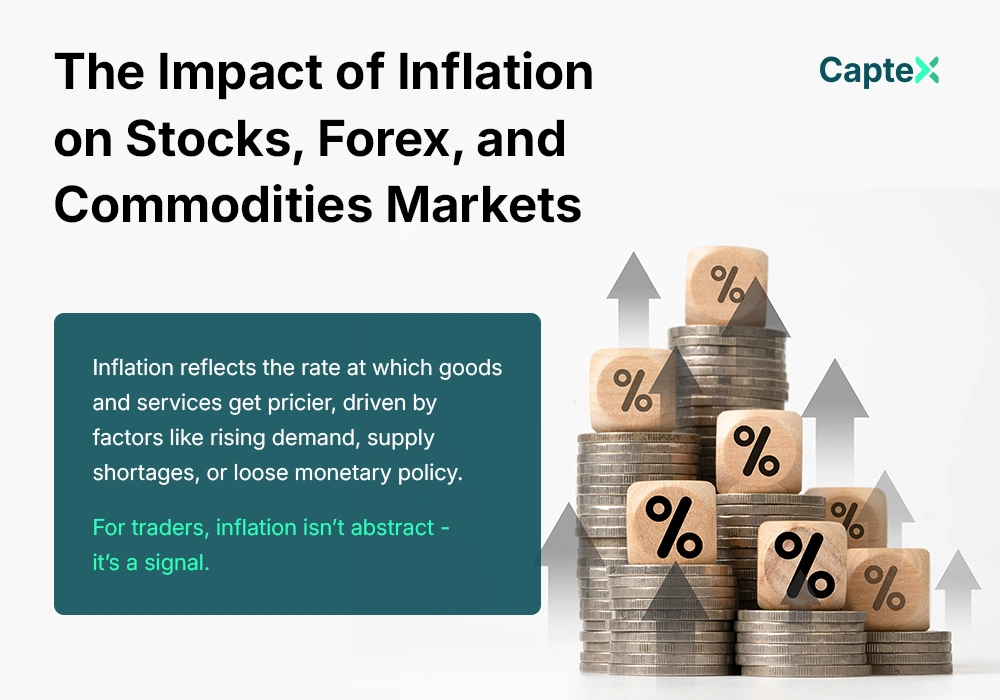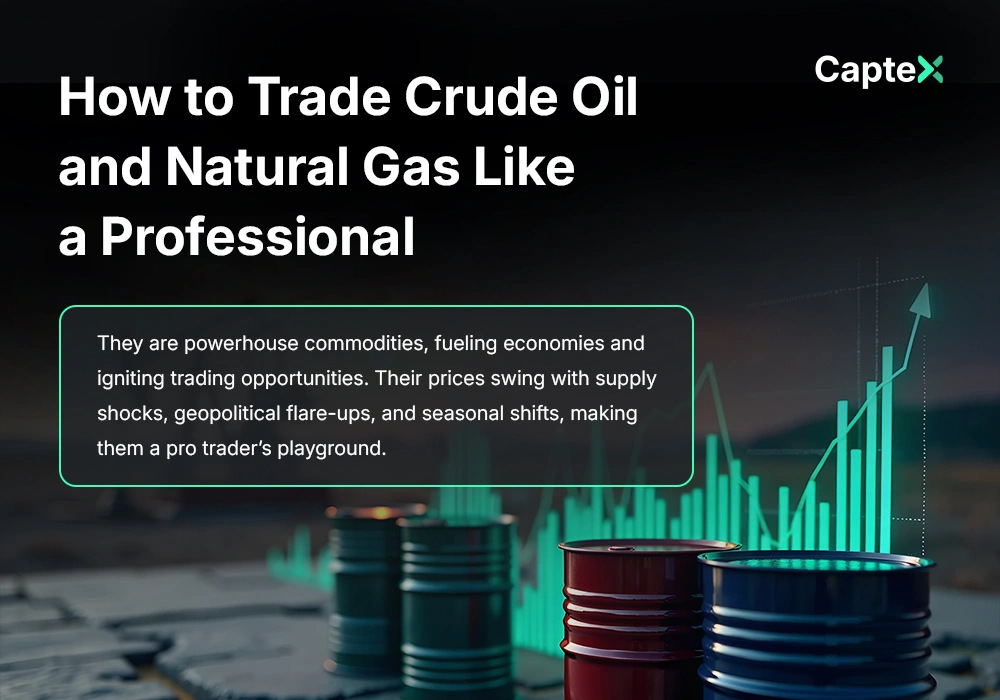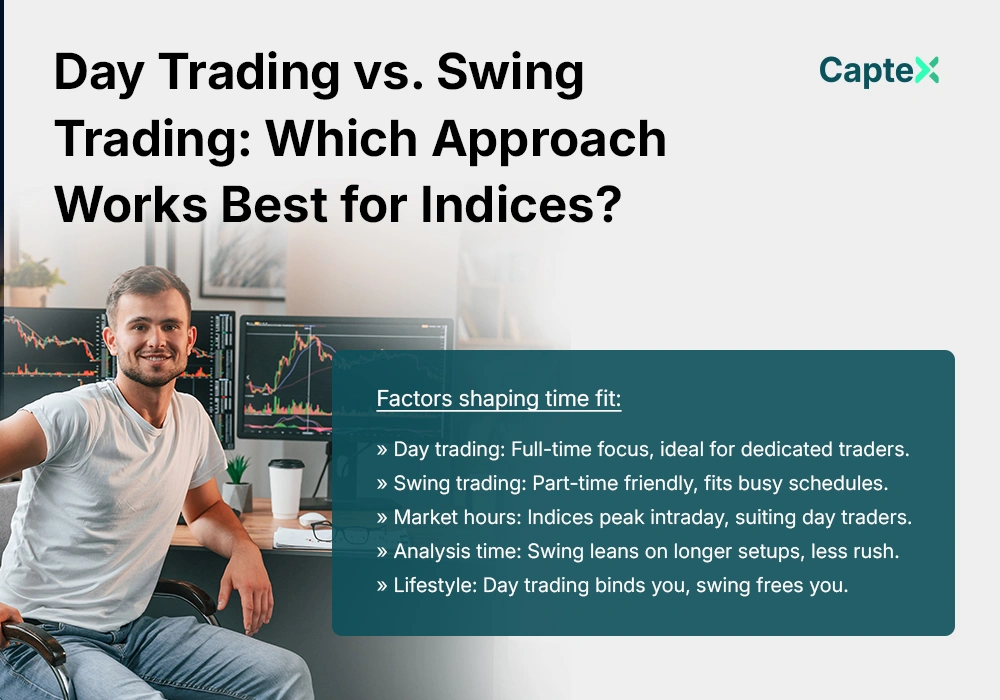In the unpredictable arena of trading, managing risk is critical, particularly in volatile markets. Effective risk management strategies for volatile markets offer traders a structured approach to safeguard capital and enhance returns amidst the uncertainties of 2025’s online trading landscape. Volatility can magnify both profits and losses, necessitating a disciplined and methodical framework.
Online trading platforms provide robust tools to navigate these turbulent conditions across asset classes such as forex, equities, and cryptocurrencies. From abrupt geopolitical events to unexpected economic data releases, volatile markets require precision and proactive planning. This article delineates proven strategies to mitigate risk while positioning traders to capitalize on market opportunities.
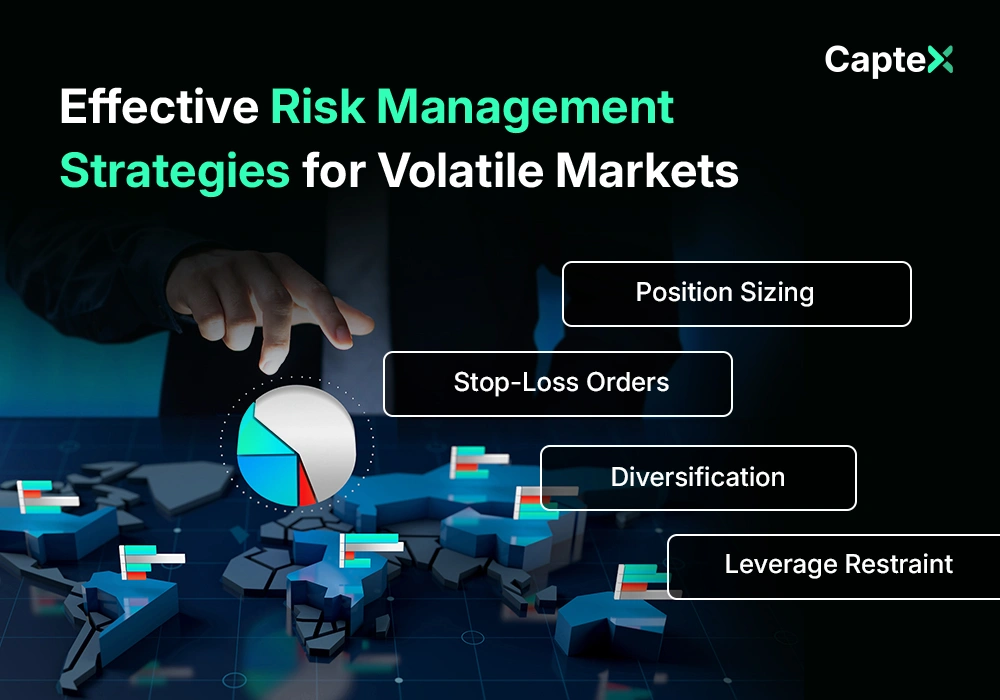
Understanding Volatility and Its Implications
Volatility denotes the extent of price fluctuations over a specific period. High volatility, exemplified by a 20% weekly decline in cryptocurrency prices in 2022, presents both opportunities and significant risks. Similarly, a sharp forex movement in 2024, triggered by a major U.S. economic report, underscored the rapid pace at which prices can shift.
The implications are substantial: accelerated losses, execution slippage, and heightened psychological pressure. Without a sound risk management strategy, a trader’s capital can diminish rapidly. These strategies transform volatility from a liability into a controllable factor.
The Cornerstone of Risk Management
Risk management fundamentally involves evaluating potential downsides and establishing protective measures. A trader who suffered a 50% account reduction in 2023’s equity downturn experienced the consequences of inadequate risk controls. In contrast, a disciplined forex trader in 2025 restricted losses to 2%, preserving resources for future opportunities.
The primary objective is sustainability. By emphasizing capital preservation, traders ensure they remain active participants, capable of weathering adverse conditions and seizing subsequent gains.
Core Risk Management Strategies
A comprehensive risk management framework integrates proactive and reactive techniques. Below are essential strategies designed for volatile markets.
Position Sizing
Position sizing calibrates the amount of capital committed per trade according to risk tolerance. A widely adopted principle limits risk to 1-2% of total capital. For a $10,000 account, this restricts exposure to $100-$200 per trade. In 2024, a cryptocurrency trader applied this approach, risking $50 on a position—when prices fell 10%, the loss remained contained.
Stop-Loss Orders
Stop-loss orders automate exits at predetermined levels, capping potential losses. A forex trader in 2025 might place a stop 50 pips below an entry point, ensuring a predictable outcome. During 2023’s oil market turbulence, a trader lacking stops incurred a $1,500 loss—stops could have reduced it to $300.
Diversification
Allocating capital across diverse asset classes minimizes dependence on a single market’s performance. In 2024, a trader with $5,000 diversified—$2,000 in equities, $1,500 in forex, $1,500 in cryptocurrencies. When equities declined 8%, forex gains mitigated the impact. Diversification serves as a buffer against volatility.
Leverage Restraint
Leverage amplifies returns and risks alike. Maintaining it at conservative levels, such as 3:1 or 5:1, contrasts with the higher ratios often available. In 2025, a trader employing 5:1 leverage on a forex pair turned $200 into $1,000 of purchasing power—a 2% decline cost $20, not $200 at 50:1.
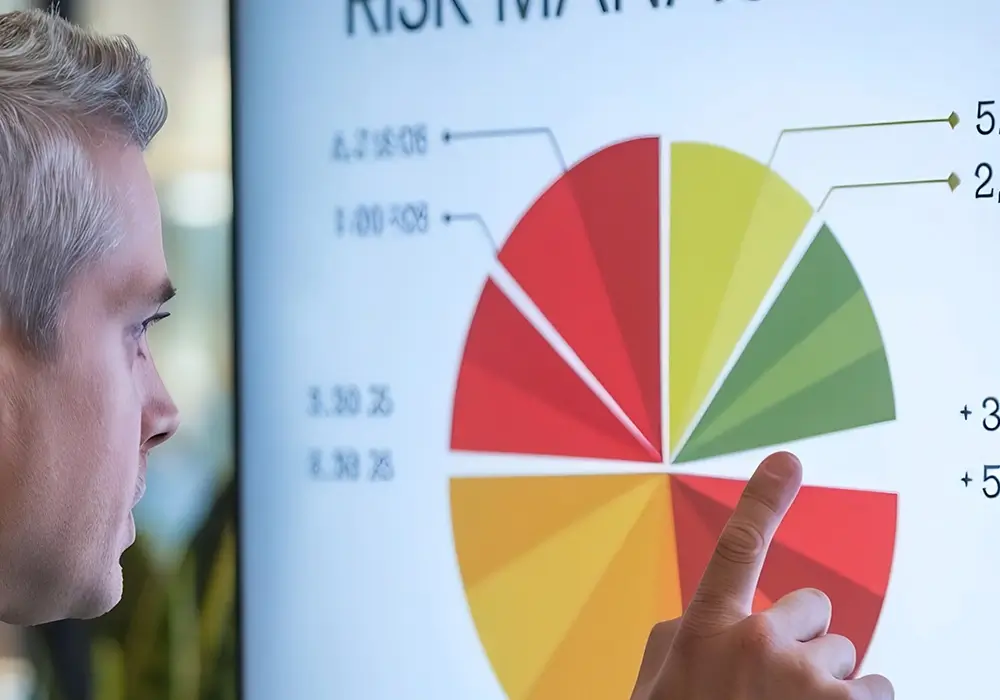
Tools to Strengthen Risk Management
Trading platforms offer advanced functionalities to reinforce discipline and monitor exposure effectively.
- Risk Calculators: These tools compute optimal position sizes based on stop distances and risk percentages, ensuring accuracy in volatile conditions.
- Trailing Stops: Dynamically adjusting with price movements, trailing stops secure profits during trends. A 2024 equity trader used this to lock in gains as prices rose 8%.
- Volatility Indicators: The Average True Range (ATR) quantifies daily price ranges—adjusting stops accordingly prevents premature exits in choppy markets.
These resources enhance a trader’s ability to adapt to fluctuating environments.
Adapting to Evolving Conditions
Volatility varies, requiring flexible strategies. In 2023, tight stops in a cryptocurrency rally triggered early exits; wider stops captured the uptrend. A 2025 forex trader might reduce position sizes before a major central bank announcement, then increase them once the dust settles.
Tracking catalysts is vital—geopolitical tensions in 2024 drove a 15% oil price surge. Adjusting risk parameters, such as lowering exposure or broadening stops, aligns with event-driven volatility.
Maintaining Psychological Discipline
Emotional responses can undermine even the most robust plans. Fear may prompt a premature sell-off—a 2024 equity trader exited at a 5% loss, missing a subsequent 10% recovery. Greed might inflate exposure—a 2023 forex trader doubled a losing position, losing 30% of their capital.
Mitigating this involves routine. A brief pre-trade assessment—verifying risk levels and stop placements—anchors decisions. Documenting trades, as a 2025 cryptocurrency trader did after a market dip, identifies emotional patterns for improvement.
Developing Skills Through Practice
Mastering risk management demands practical application. Simulated trading environments allow experimentation without financial consequence—testing a $100 forex position during a 2025 economic release refines stop discipline.
Gradual live trading builds confidence. A 2024 trader risked $25 on a commodity position—losing $5 taught patience without significant cost. Effective risk management strategies for volatile markets coalesce through consistent practice.
Continuous Evaluation and Refinement
Ongoing assessment ensures alignment with trading objectives. Weekly reviews of performance metrics—win rates, average losses—highlight areas for adjustment. A 2023 equity trader reduced risk from 3% to 1% per trade after noting excessive drawdowns, stabilizing results.
Market conditions evolve. A 2025 cryptocurrency uptrend might warrant tighter trailing stops, while a forex range could necessitate wider buffers. Adaptability sustains effectiveness.
The Sustained Advantage
Effective risk management strategies for volatile markets preserve capital and enable long-term growth. A 2025 forex trader might retain $9,000 of a $10,000 account through a turbulent period, later doubling it in calmer waters. An equity trader in 2024 endured a 10% market drop, rebounding with a 15% gain.
Begin implementation today. Apply a $50 trade with a 1% risk cap and a defined stop—experience the stability. Volatile markets pose challenges—address them with strategic rigor to secure enduring success.


